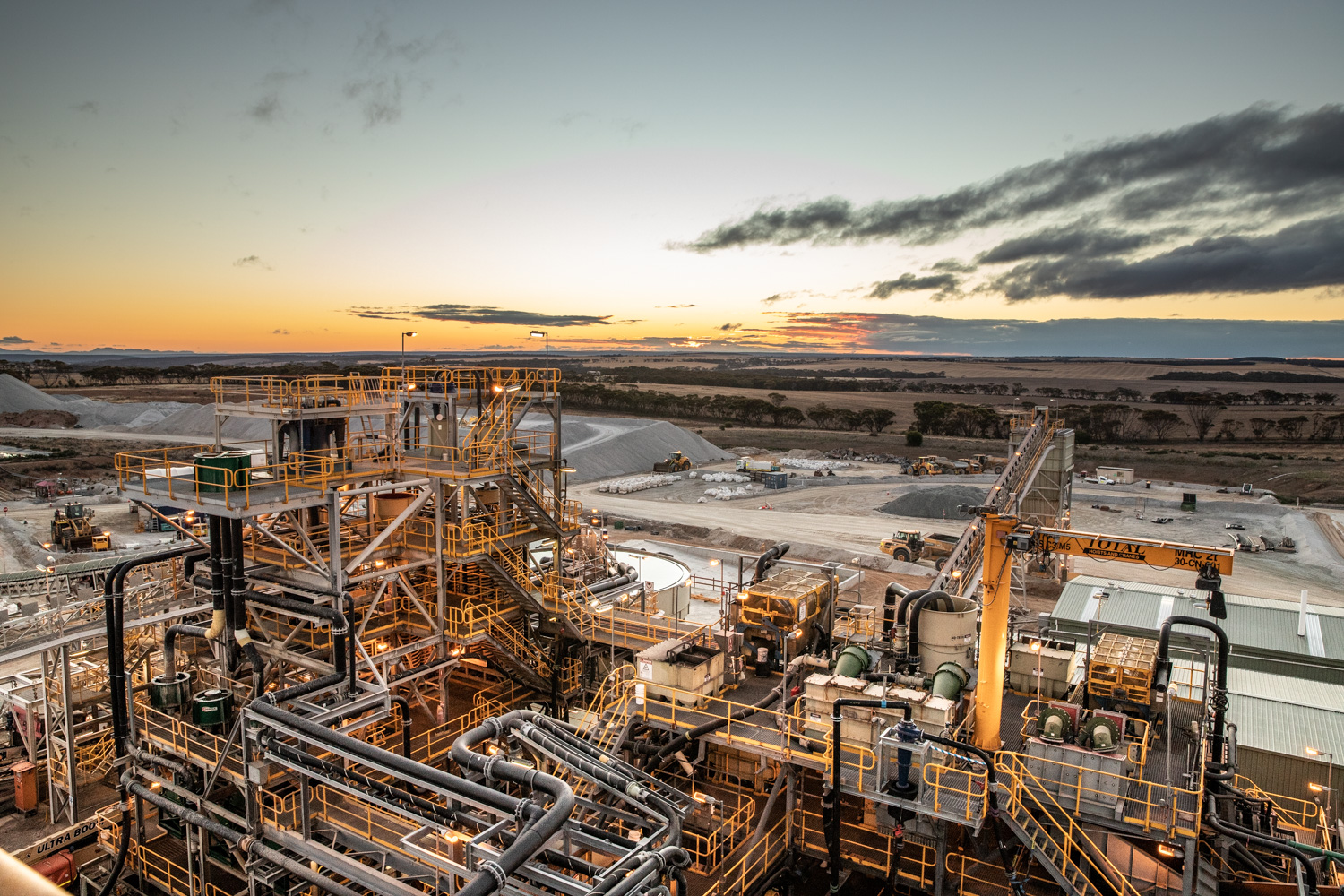Rio Tinto Evaluates Acquisition of Arcadium Lithium
Rio Tinto is currently weighing the possibility of acquiring a lithium mining company listed on the New York Stock Exchange, amid a global race among major commodity firms to secure essential metals and minerals that are pivotal for the shift to renewable energy solutions.
A deal for Arcadium Lithium could significantly enhance Rio Tinto’s standing in the lithium market, positioning the company among the world’s leading producers of this critical material, which is vital for electric vehicle batteries and energy storage systems.
Rio has confirmed that it has approached Arcadium regarding a potential purchase, emphasizing that the proposal remains non-binding and there is no guarantee that a transaction will materialize.
Acquiring Arcadium would enable Rio Tinto to tap into lithium mines, processing plants, and mineral deposits located in Argentina, Australia, Canada, and the United States, alongside a customer network that includes major automotive brands like Tesla, BMW, and General Motors. According to analysts from Canaccord, the merged entity could represent approximately 10 percent of the global supply of lithium chemicals by the year 2030.
In 2023, Arcadium’s stock has plummeted by 39 percent, primarily due to a significant decrease in lithium prices, attributed to an oversupply from China coupled with a downturn in demand for new electric vehicles. Nevertheless, demand for lithium is projected to surge, driven by the increasing reliance on lithium-ion batteries.
Rio Tinto has two lithium projects underway — Rincon in Argentina and Jadar in Serbia — but neither has a confirmed production start date. The Jadar project has faced setbacks due to environmental protests, though the government reinstated Rio’s operational license in July. Both projects are expected to yield an annual output of around 58,000 tonnes.
In the first half of the year, Arcadium produced 20,100 tonnes of lithium hydroxide and carbonate, in addition to 53,500 tonnes of spodumene concentrate, a principal source of lithium.
Jakob Stausholm, the CEO of Rio Tinto, indicated during the company’s mid-year financial report in July that lithium assets now appear more appealing following the decline in prices.
The Danish executive expressed a willingness to pursue larger acquisitions, stating in July, “We can do it,” while also noting the challenges in justifying high premiums, emphasizing that any mergers and acquisitions would need to create shareholder value.

When asked about his perspective on the lithium market, Stausholm remarked, “It’s fair to say that it’s certainly cheaper than it was a year ago. We really have to think about what’s going to be the average price over the next 10, 15, 20 years.”
Last week, Reuters reported ongoing discussions between the two companies regarding a potential deal, which could value Arcadium in the range of $4 billion to $6 billion or more.
Andy Forster, a portfolio manager at Argo Investments, which holds shares in both firms, expressed caution about high valuations for Arcadium, acknowledging that although it has multiple growth initiatives, the firm lacks the financial resources to pursue them. He commented, “The economics of long-term pricing for lithium is not what it has been.” Conversely, Blackwattle Investment Partners wrote to Arcadium arguing that any offers in the reported range would “significantly undervalue” the company, contending that a more appropriate sale price should be closer to $8 billion and suggesting that Arcadium should be prepared to reject an opportunistic offer.
Several mining firms are actively seeking deals to secure the metals necessary for the transition to sustainable energy sources. For instance, in May, BHP made an unsuccessful £39 billion attempt to acquire Anglo American in order to enhance its copper resources, which are essential for green technologies including electric vehicles and renewable energy infrastructure.
Anglo American’s mining capabilities in Peru and Chile can yield approximately 760,000 tonnes of copper annually. In contrast, Rio Tinto is expanding its three copper projects located in Australia, the United States, and Mongolia, aiming to increase the capacity of the Oyu Tolgoi mine to 500,000 tonnes per year between 2028 and 2036, having commenced production in March of last year.
Arcadium’s shares saw a substantial surge, gaining as much as 50 percent to reach A$6.29, resulting in increased prices for other Australian-listed lithium firms. In New York, shares of Arcadium surged by 35.4 percent to close at $4.17, giving the company a market valuation of $4.5 billion. Meanwhile, Rio Tinto’s shares remained largely unchanged, closing at £53.00 in London.
Context of the Situation
The world’s largest mining companies are aggressively aiming to enhance their portfolios with the metals considered crucial for facilitating the energy transition. Rio Tinto’s potential acquisition of Arcadium Lithium, a lithium miner with a presence in both New York and Australia, represents a significant step in the FTSE 100 group’s efforts to gain traction in the lithium sector, pivotal for electric vehicle battery production.
Currently, the trajectory of lithium prices presents an opportunistic moment for Rio, as a surplus of lithium in the market and slowing demand for electric vehicles has led to price declines over the past 18 months, with lithium carbonate prices dropping from above $80,000 per tonne at the end of 2022, to approximately $10,800 today. In light of these trends, Arcadium has announced plans to reduce expenditures by $500 million over the next two years.
A potential acquisition by Rio could alleviate production constraints for Arcadium. With a gearing ratio of only 8 percent at the end of June, Rio Tinto may be positioned to make an all-cash offer. Analysts suggest that incorporating a 30 percent premium could result in an eventual offer of around $4.6 billion, which would align closely with Arcadium’s valuation from May. Notably, the company’s New York-listed shares have dropped 36 percent this year, despite recovering more than 40 percent following Rio’s expressed interest.
Rio’s efforts to expand its lithium business have been hampered by environmental protests against the Jadar project, while Rincon is anticipated to deliver comparable output levels. Despite current price reductions, Rio remains focused on the long-term outlook, as the World Economic Forum anticipates lithium demand will escalate to 1.5 million tonnes of lithium carbonate equivalent by 2025, and exceed 3 million tonnes by 2030, in comparison to last year’s production of roughly 180,000 tonnes.




Post Comment